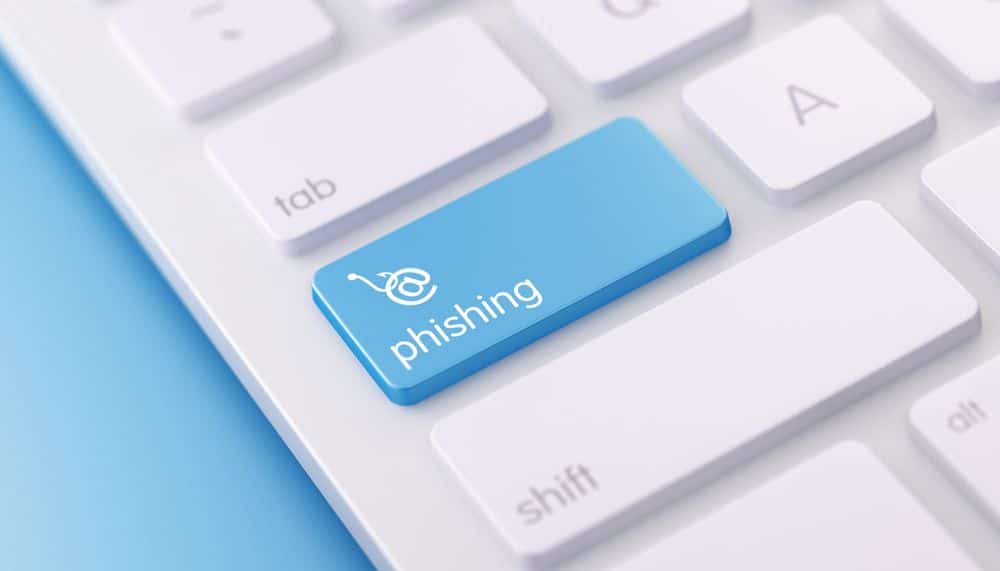Table of Contents
Spam emails can make us roll our eyes in annoyance when they find their way into our inbox, but malicious email can be much more harmful. A malicious email can lead to loss of personal information and or money. At Northwest Media Collective, we are careful about the emails we open and keep a lookout for these common signs of malicious email.
What is Malicious Email?
The purpose of a malicious email is to install malware that can steal information, destroy data, or take control of a user’s computer. Many email systems automatically block these, but attackers have found ways of getting around this with attachments. Attachments such as Word Documents, PDFs, or images and videos, can contain malware that is released when a user opens the document, allowing it to download onto their computer.
Can You Get Malware From an Email?
Yes! If you open an attachment or click a link in a suspicious email, you can activate a virus, Trojan horse, or worm. It’s possible to get a virus just by opening the message if your email allows scripting. That’s why it’s best to limit what HTML is accessible in your email message.
Malicious Email vs. Spam
Spam targets a broad range of people with links to legitimate websites usually. Malicious email is phishing for personal information with malicious links or attachments. And unlike spam, malicious email content seems urgent, trying to get users to click on or open something.
How to Recognize Malicious Email in Your Inbox
Attackers write emails that sound urgent and appealing to get users to click a URL or open an attachment. Here are a few telltale signs that can help you figure out if an email is malicious.
Unknown Sender Address or Name
One of the biggest giveaways that this may be a malicious email is that the address is from an unknown sender or unknown company name. Make sure you are opening emails from people and companies you know.
Be Aware of How The Sender Addresses You
Are you addressed appropriately, and is there contact information beneath the employee’s signature? Most companies and banks will address you by name and give you a way of contacting them. If not, go to the company’s website and contact them through their website or phone number.
Strange URLs Embedded in Text
The embedded URL will appear below your cursor by hovering over highlighted text or images. If the URL is long and has an attachment, don’t open it. If ever you are in doubt, go to the company’s direct website instead of using links on an email.
Basic Spelling And Language Mistakes
If the email reads like someone used an online translator to write it, this can be a sign of malicious email.
Too Good To Be True Content
Be wary of any email that has a “call to action” button or attachment that is unexpected. Attackers try to make emails sound urgent, over the top, or frightening to trap people into clicking a link or opening an attachment.
What Do You Do With Suspicious Emails?
Reputable companies do not send out emails asking for credentials or personal information. Do not click on any links or open any unexpected files. Delete the email and let your IT team know if you received it to your work account.
At Northwest Media Collective, we are always on the lookout to help our readers know the best practices in Web Design, Marketing, and SEO.
